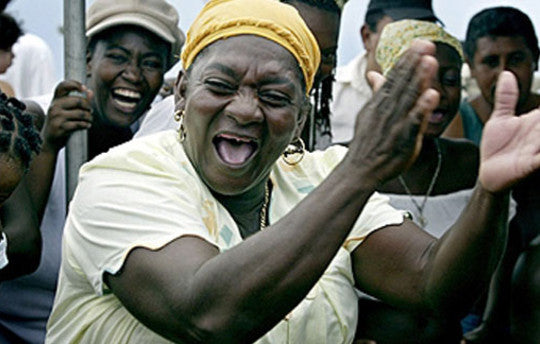Your Cart is Empty

For such a tiny country, Belize enjoys an exceptional range of musical styles and traditions.
Modern Mestizo Music
After the Mayan civilsation collapsed, the Mestizo people—the ‘mixed’ offspring of Spanish conquistadores and Mayan communities—created a new music that combined elements of both cultures.
Modern Mestizo Music, in the west and north of Belize, is more mellow than the music elsewhere and features the marimba, the Central American relative of the African xylophone. Marimba ensembles, such as Alma Belicena and the Los Angeles Marimba Band, usually incorporate double bass and trap drums. They are very much alive with many members that are younger musicians.
From the Spainsh side of the same tradition, there are itinerant mariachi bands that appear in Belize from over the border in Mexico.
In the sixteenth and seventeenth centuries, the British arrived and brought with them their dances, Western instruments, record players, sound systems and sheet music. A stronger musical influence arrived during the eighteenth centuries with the slave trade. Slaves arrived in Belize from Nigeria via Jamaica and Barbados, and brought with them West African and Caribbean rhythms and melodies. These met with the Western instruments and created the specifically Belizean Creole musical tradition brukdown.
Brukdown is a recreational rural music, and survives today, played by groups featuring guitar, banjo, accordion, drums and dingaling (a bell), and the jawbone of an ass (played by rattling a stick against the teeth).
There is also a Creole folk-song tradition kept alive by the guitarist Brad Patico.
The Garifuna were enslaved in West Africa and brought to plantations in St. Vincent. Fired by the spirit of independence, they escaped to the interior of the island and intermarried with indigenous Caribs. They eventually arrived and settled in Belize in 1802. The Garifuna refused to participate in the colonial system, marginalizing themselves while at the same time refining the Garifuna culture.
Musicially, the Garifuna reflect their multi-faceted cultural heritage in their music. African rhythms were enriched and led to a cross-fertilisation of African and Latin cultures. An early style, called paranda, was played on acoustic instruments—drums, scrapers, shakers, and guitar. Later Pen Cayetano, an extraordinary guitarist, pioneered popular garifuna music, inventing punta rock in the late 1970s. Cayetano and his Turtle Shell Band set the standard for punta, but by the mid-1980s the musicians of Dangriga had not only updated the sound, but made punta into an embryonic national style.
The new punta, dominated by Andy Palacio, was melodic and emotive, yet deeply, danceably percussive.
Over the past two decades, other African, Caribbean and US elements have found themselves incorporated into Belizean music, including reggae, merengue, steel pan, soca, zouk and rap. Bands like Santino’s Messengers, Youth Connection, Gilharry Seven and Brudda David Obi have musicians from all the major ethnic groups and draw on these musical traditions. This is a perfect demonstration of the keynote to modern Belizean music—its inclusiveness.